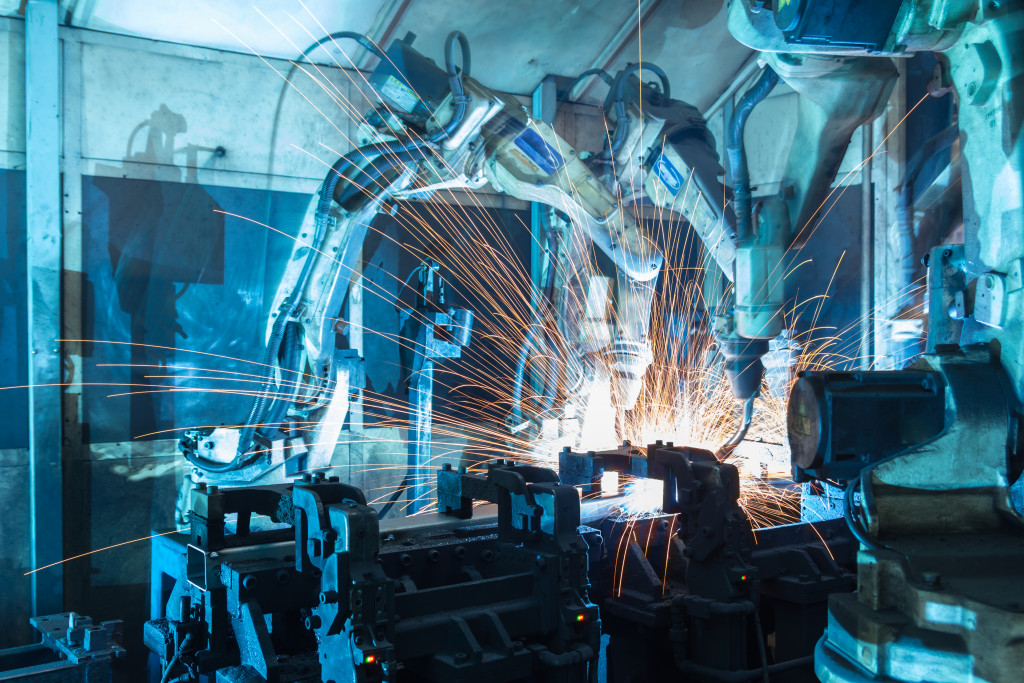Automation plays a vital role in the success of modern manufacturing companies. It helps to streamline processes, reduce costs, and improve the quality of products. But automating processes isn’t a one-size-fits-all solution; it requires careful planning and consideration for each step of the process. Here are five steps you should take when automating processes in your manufacturing business.
Analyze Your Current Systems
The key to successful automation is understanding what you currently have in place and how it can be improved. Take time to analyze your current systems and identify areas where automation can help streamline operations. Consider what tasks can be automated and which ones still require manual input.
This will help you develop an effective plan for automating processes that deliver maximum value to your business. For example, you may be able to automate the ordering process with a custom software solution. However, manual input might still be necessary for packing and shipping.
In addition, consider what data is collected during the process and how it can be used to improve efficiency. This can help you determine which aspects of the process are most important and provide feedback for optimizing your automation plan.
Assess Your Resources
Automation requires resources such as hardware, software, personnel, and more. Assessing your resources will give you an idea of what kind of automation is feasible for your company. Make sure to consider the initial cost of implementing an automation system and recurring expenses such as maintenance, upgrades, or additional training that may be necessary over time.
Moreover, ensure you have access to industrial electric actuators that can be useful for automation in many manufacturing processes. Actuators are devices that convert energy into motion, allowing machines to move and carry out tasks.
Also, consider how long it will take to train staff to use automated equipment. This should be factored into your decision-making process. If it takes too long to train staff, you may not realize the full benefits of automation.

Design an Automation Plan
Once you’ve identified areas where automation can make a difference, it’s time to create an implementation plan. Start by outlining the steps required to get from point A (your current system) to point B (the automated process).
Make sure to consider any potential risks associated with automation so that you can address them before implementation begins. Additionally, don’t forget to communicate with stakeholders throughout this stage.
Automation is often seen as a threat to jobs, and clear communication can help alleviate any fears early in the process. For starters, explain how automation will help improve product quality and create new opportunities.
Then, outline a plan for training existing staff in using the automated systems and consider any additional personnel that may need to be hired. Finally, make sure to develop a timeline for implementation and set milestones so that progress can be monitored.
Implement Your Plan
Now that you’ve designed an automation plan, it’s time to put it into action! Begin by selecting appropriate hardware and software needed for the project—this could include robots or other industrial machinery as well as computer programs or applications designed specifically for automating specific tasks within the production process.
Once all necessary components are in place, begin training personnel on how to use them correctly and efficiently—having users who understand how best to utilize automated systems is essential for maximizing efficiency gains from automation projects.
Additionally, keep in mind that automation needs regular maintenance and adjustments. Monitor performance over time to identify any areas where processes could be improved or optimized further.
Finally, measure the effectiveness of automation by looking at factors such as product quality, speed, and cost savings—these metrics can help you identify potential bottlenecks and pinpoint areas for improvement.
Monitor & Adjust As Necessary
No matter how carefully planned out an automation project is, there will always be some bugs or issues that need adjusting after implementation has begun—that’s why monitoring performance regularly is essential for maintaining efficiency gains from automation projects over time.
Monitor performance closely during the initial stages of implementation so that any potential problems can be addressed immediately before they become major issues down the line. That way, you’ll ensure that your automated systems are running smoothly and efficiently at all times.
Automation can bring many benefits to manufacturing companies — increased efficiency, reduced costs, improved product quality, and many more. However, implementing an automated system isn’t something that should be taken lightly— it requires careful research, planning, design, implementation, monitoring, and adjustment. Following these five steps will help ensure that your company gets maximum value from its automated processes while minimizing any potential risks.

